Pan de Muerto: Symbol of life and remembrance on Día de los Muertos
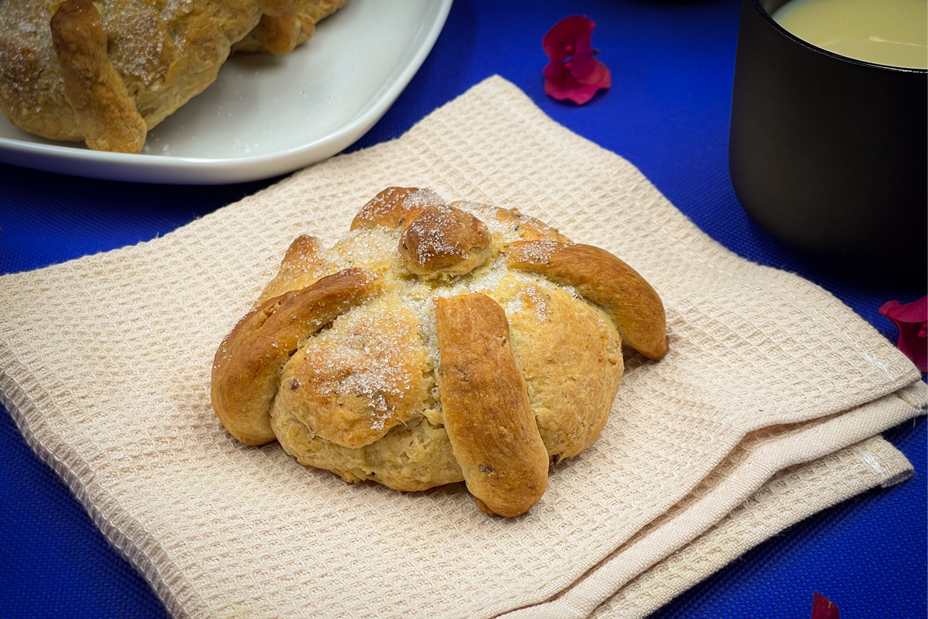
Día de los Muertos (Day of the Dead) is a Mexican festival that is much more than just a commemoration of the deceased. It is a celebration of life, a tribute to the ancestors and a festival full of color, music and culinary traditions. One of the most important symbols of these celebrations is the Pan de Muerto , a traditional bread baked especially for this occasion.
Día de los Muertos: A celebration of ancestral love
The Día de los Muertos is celebrated in Mexico every year on November 1st and 2nd and combines pre-Columbian customs with Catholic influences introduced by the Spanish colonial rulers. During the celebrations, people believe that the souls of the deceased return to earth, to be reunited with their families.
Preparations for this festival often begin weeks in advance, and the central element of the celebration is the setting up ofrendas (altars) in homes and cemeteries. These altars are decorated with photos of the deceased, flowers (especially marigolds), candles, the dead's favorite foods and drinks, and various symbolic objects. This is where the Pan de Muerto comes into play - it is presented on the altars as an offering to the deceased.
Pan de Muerto: The Bread of the Dead
Pan de Muerto is a sweet bread found in bakeries and homes across Mexico during the Día de los Muertos period. The bread not only has deep-rooted cultural significance, but also a symbolic form. The round shape of the bread represents the cycle of life and death, while the bone-shaped decorations placed on the bread represent the bones of the deceased. In some regions, these bones are arranged in a sort of cross shape, symbolizing the four cardinal directions and Aztec cosmology.
On top of the bread there is often a small ball of dough to symbolize the Tearo , the broken skull. It is traditionally sprinkled with sugar and can have different flavors such as orange or anise, depending on the region and family recipe.
Culinary Traditions and Spiritual Symbolism
While the Día de los Muertos addresses death, in Mexico it is not seen as a tragic event, but as a natural part of life. The Pan de Muerto is a central part of this philosophy. It symbolizes the food offered to the dead, but also the food that nourishes the living, both physically and spiritually.
Eating bread brings the family together to remember those who have passed away, share their stories and celebrate life at the same time. In this sense, bread is not just a food, but a ritual that connects the past with the present.
The diversity of traditions
There are regional differences in the preparation and appearance of Pan de Muerto throughout Mexico. While in central Mexico the classic round bread sprinkled with sugar dominates, in Oaxaca there are variants with chocolate or even colored versions that reflect the joy and colorful hustle and bustle of the festival. Each region and even each family has its own way of preparing the bread, which underlines the diversity of Mexican culture.

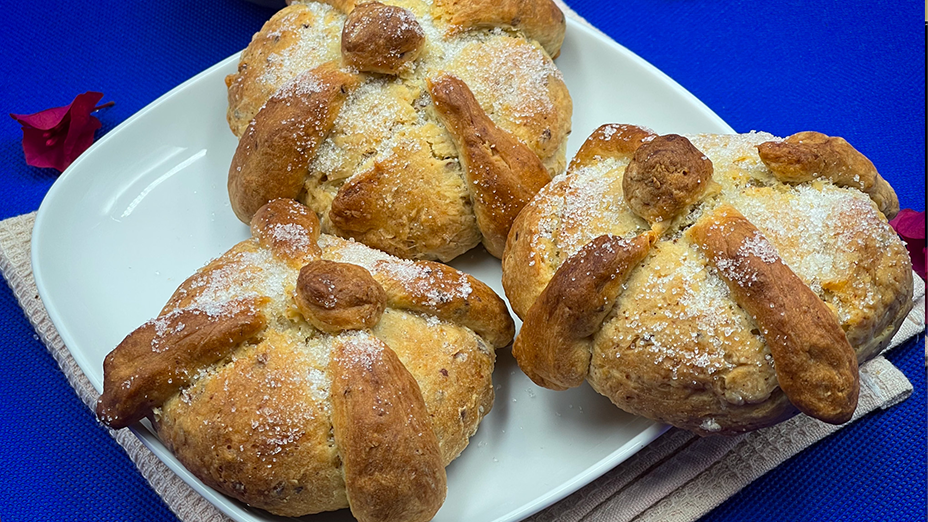
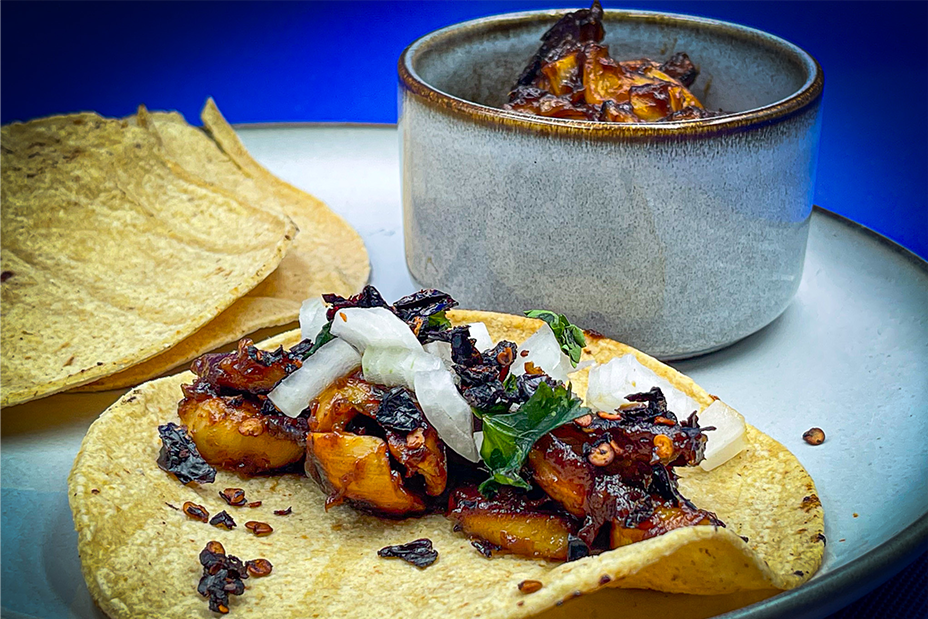
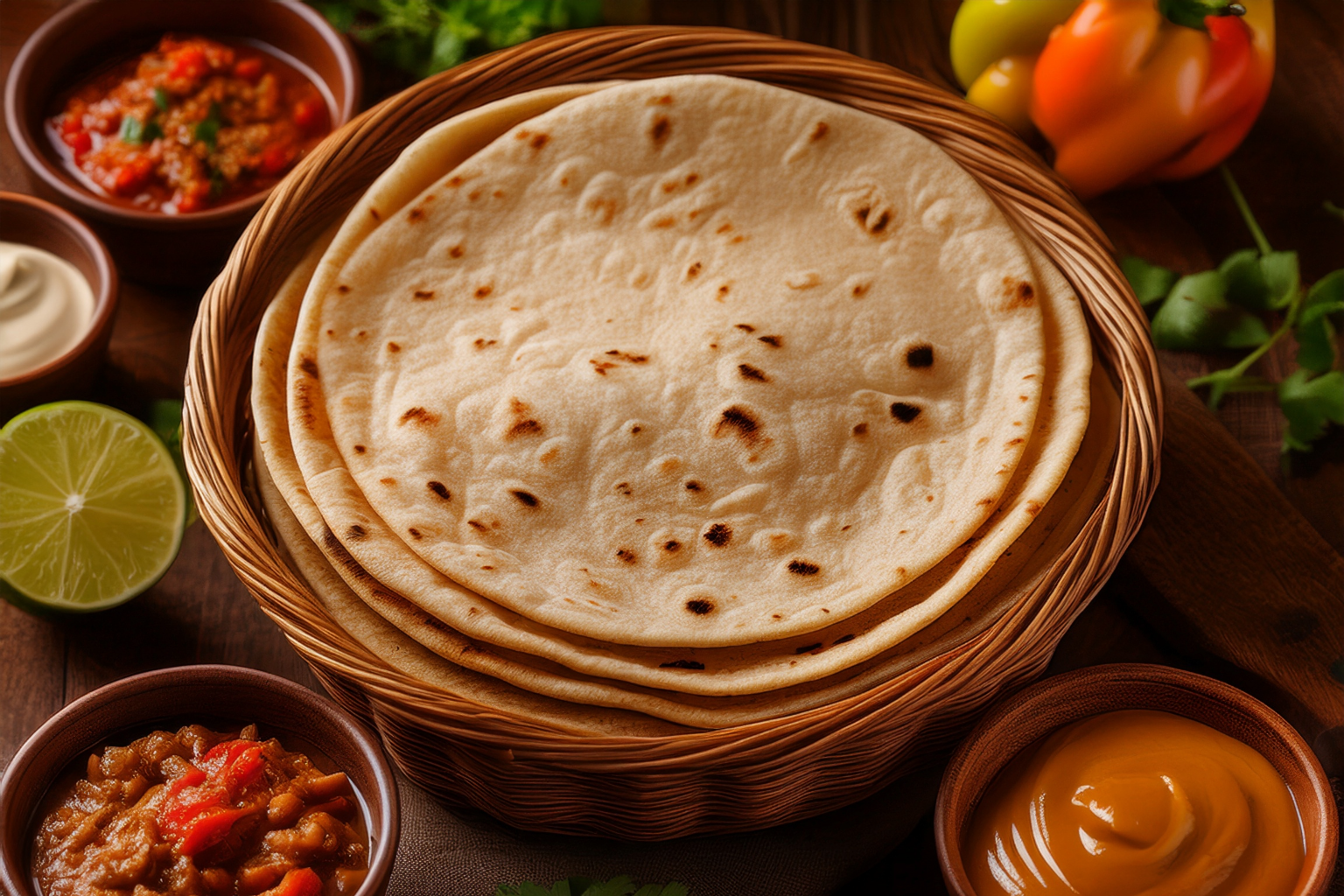
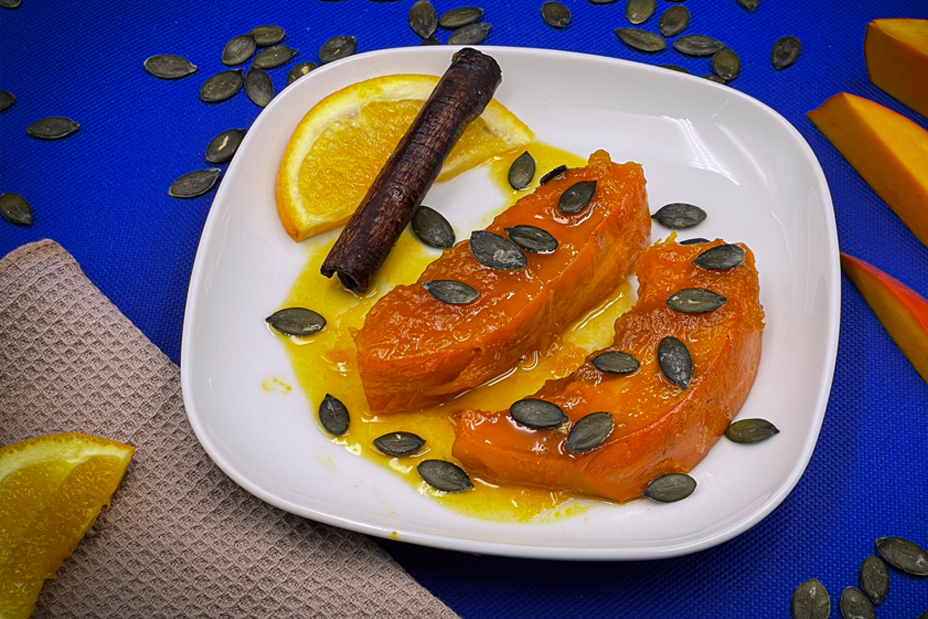
Comments